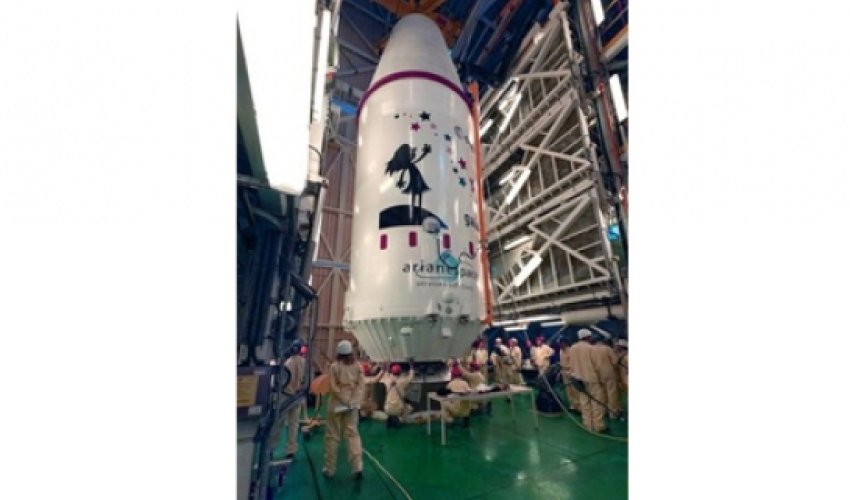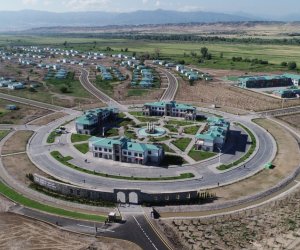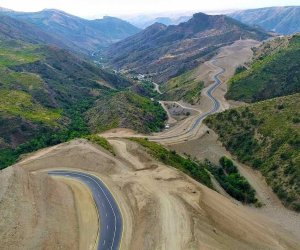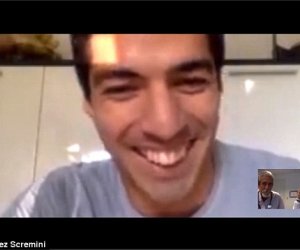Gaia 'billion star surveyor' set for launch

Europe is about to launch the Gaia satellite - one of the most ambitious space missions in history, BBC reported.The 740m-euro (£620m) observatory is going to map the precise positions and distances to more than a billion stars.This should give us the first realistic picture of how our Milky Way galaxy is constructed.Gaia's remarkable sensitivity will lead also to the detection of many thousands of previously unseen objects, including new planets and asteroids.The European Space Agency (Esa) satellite is being sent up on a Soyuz rocket.Lift-off from the Sinnamary launch complex in French Guiana is scheduled for 06:12 local time (09:12 GMT).Gaia will be released from the rocket's upper-stage just over 40 minutes later.The intention is to put it on path to an observing station some 1.5 million km from the Earth on its nightside - a journey that will take about a month.Gaia has been in development for more than 20 years.It will be engaged in what is termed astrometry - the science of mapping the locations and movements of celestial objects.To do this, it carries two telescopes that throw light on to a huge, one-billion-pixel camera detector connected to a trio of instruments.Gaia will use this ultra-stable and supersensitive optical equipment to pinpoint its sample of stars with extraordinary confidence.By repeatedly viewing its targets over five years, it should get to know the brightest stars' coordinates down to an error of just seven milli-arcseconds."This angle is equivalent to the size of a euro coin on the Moon as seen from Earth," explained Prof Alvaro Gimenez, Esa's director of science.Gaia will compile profiles on the stars it sees.As well as working out how far away they are, the satellite will study their motion across the sky.Their physical properties will also be catalogued - details such as brightness, temperature, and composition. It should even be possible then to determine their ages.And for about 150 million of these stars, Gaia will measure their velocity either towards or away from us.This will enable scientists to use them as three-dimensional markers to trace the evolution of the Milky Way, to in essence make a time-lapse movie that can be run forwards to see what happens in the future, or run backwards to reveal how the galaxy was assembled in the past.And because Gaia will track anything that passes across its camera detector, it is likely also to see a colossal number of objects that have hitherto gone unrecorded - such as comets, asteroids, planets beyond our Solar System, cold dead stars, and even tepid stars that never quite fired into life."It will allow us, for the first time ever, to walk through the Milky Way - to say where everything is, to say what everything is. It is truly a transformative mission," said Prof Gerry Gilmore from Cambridge University, UK. A key early moment in the endeavour comes just an hour after launch.It is at this point that Gaia must deploy the sunshield that will protect its optics from any swings in temperature and the disturbance this would introduce to the measurement task.The unfurling is achieved through the simultaneous firing of 12 pyrotechnic devices. These will split the bolts that were used to lock the shield in a stowed configuration for launch.It will be a high-anxiety event. A failure to "flower" would kill the mission.By the end of the decade, the Gaia archive of processed data is expected to exceed 1 Petabyte (1 million Gigabytes), equivalent to about 200,000 DVDs of information.This store is so vast that it will keep professional astronomers busy for decades.It means however that there will be ample scope as well for citizen scientists to mine Gaia's data to make their own discoveries, and a number of crowdsourcing projects to facilitate this activity will get under way next year.Gaia has been born from an enormous industrial effort. Led by Astrium satellites in Toulouse, France, it has involved more than 70 companies in 16 countries."Although contracts weren't signed until 2006, the Gaia idea actually began in 1991. That's astonishing - 1991, and now we're about to launch this remarkable spacecraft. What an adventure!" commented Astrium CEO Eric Beranger. ANN.Az




































 Photo
Photo 



 Video
Video 

